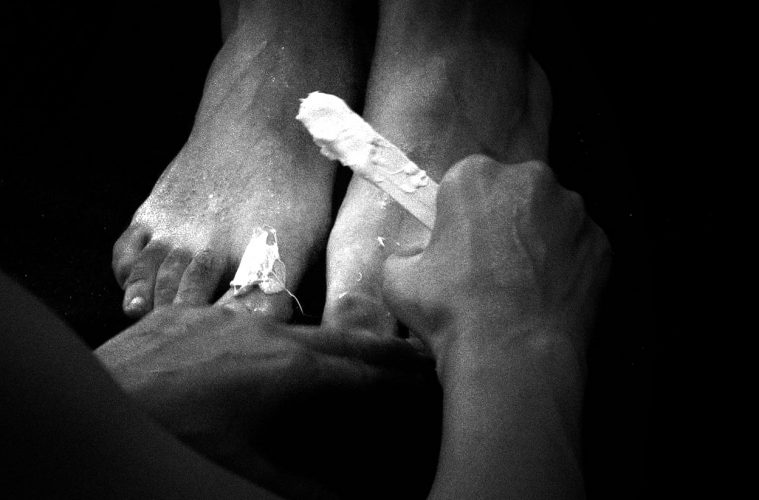المقال بالعربي هنا
Photographer by: Sicilia Hashoul
Written and Performed by: Elias Wakeem
Waxer: Anonymous
Sitting editor: Eliza Marks
Haifa – Palestine
Defying beauty standards and exploring the “un-natural” expectations of what is beautiful and what is not was one of the main themes of this performance.
Attaining beauty through painful methods could be considered one of the most basic human acts known to mankind. Waxing, a very common method of removing hair, is one of these. Waxing is a process that many choose to look more appealing to others of all sexes. It l holds deep symbolic value that goes beyond the idea of having a hairless body; It’s an exploration of one’s sexuality and indicates, in many cases, one’s gender identity.
In this performance, called “Aqida” ( عقیدة), the artist, Elias Wakeem, challenges the existing taboo that waxing is for females only, never for males. He challenges existing concepts of femininity and masculinity, beauty standards, and societal expectations that may not correspond with the one’s perception of his or her own gender.
The audience consisted of a number of personalities, but in this work, these personalities were all embodied by a single person who held traditional views of beauty in a traditional society. In this performance, Wakeem was waxed entirely from chest to toe in front of the onlooking audience.
Wax- why did the artist chose to do this performance Aqida means wax in Arabic, and also doctrine.
In the artist’s world, women, not men, wax their bodies
Wakeem’s main motivation for this performance was to understand this feeling of pain, to dissect it, to comprehend what lies beneath it, and what comes after. He was also interested in seeing the audience’s reaction.
The waxing process itself began three hours prior to the audience’s arrival.
By the time the audience arrived, his entire body was almost completely waxed, with only a few spots of hair remaining, as seen in in the attached photos.
He was not alone in this performance. A very important partner was there with him, a Palestinian cosmetician who owns her own beauty studio. When speaking about the act before the performance, she commented that she had never waxed a man.
The performance itself was shocking and somewhat awkward for all parties. These feelings only amplified upon the audience’s arrival, when Wakeem realized that he and his partner were in a room full of people watching him removing his body hair for the first time in his life, in a very painful process, by a cosmetician who never waxed a man.
The artist believes there is a strong connection between Wax and Doctrine, the two meanings Aqida. Both of them dictate the person in a certain way; both of them are limiting.
Wakeem finds this relationship fascinating, and is able to challenge both concepts simultaneously. While challenging the Aqida that dictates that wax is only for women, he challenged himself and his perception of his body hair, and he challenged the audience and their tolerance and their concept of femininity and masculinity.
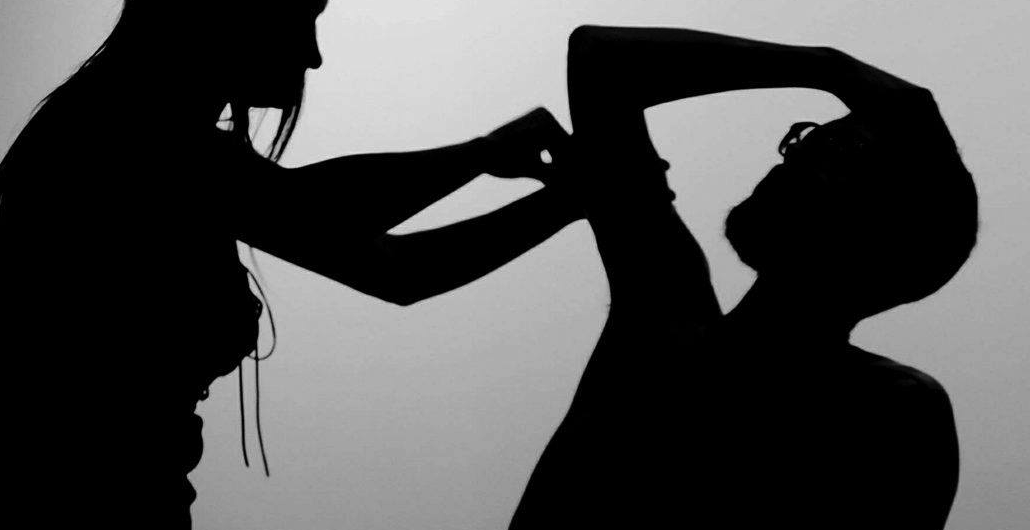
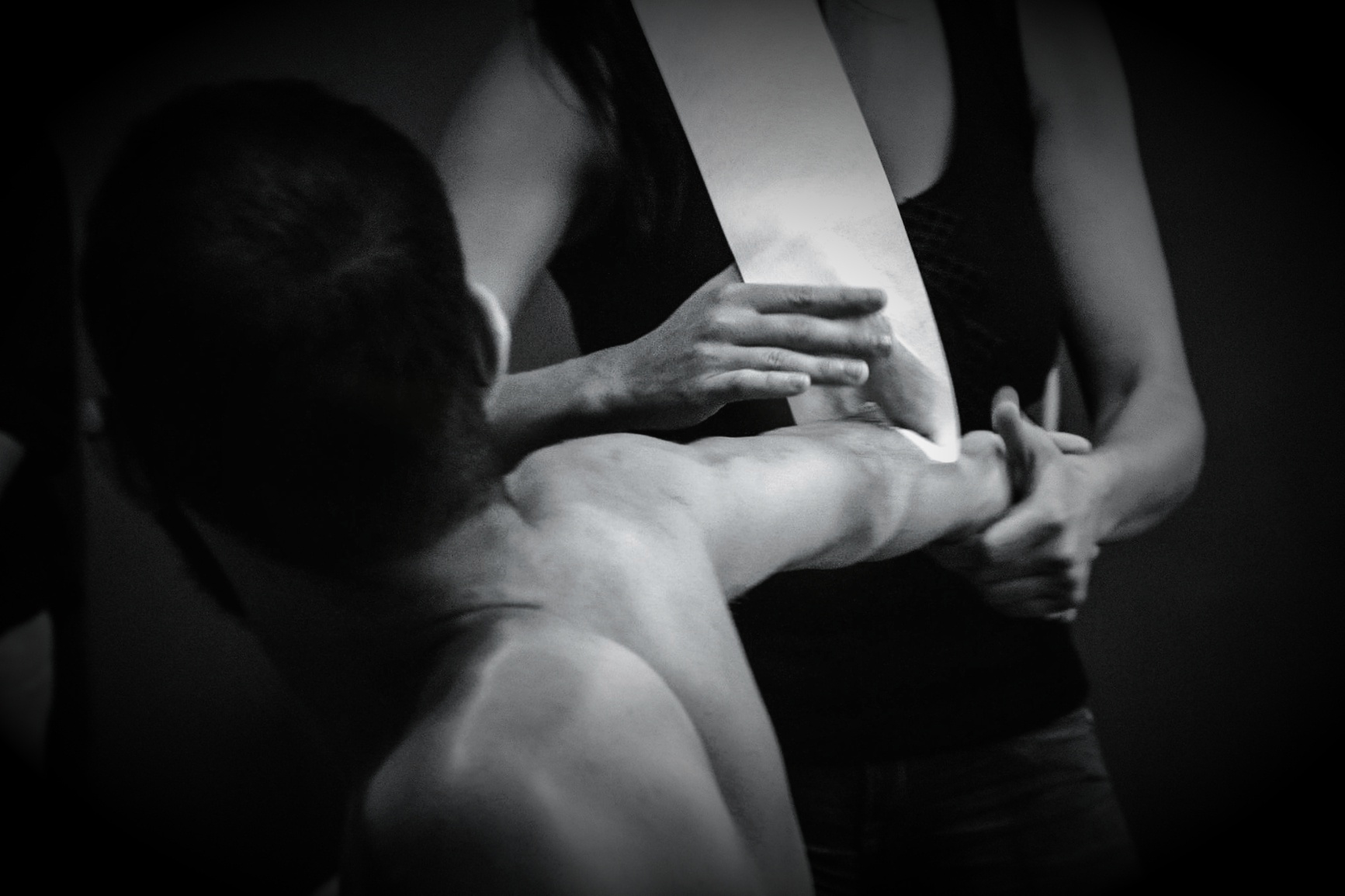
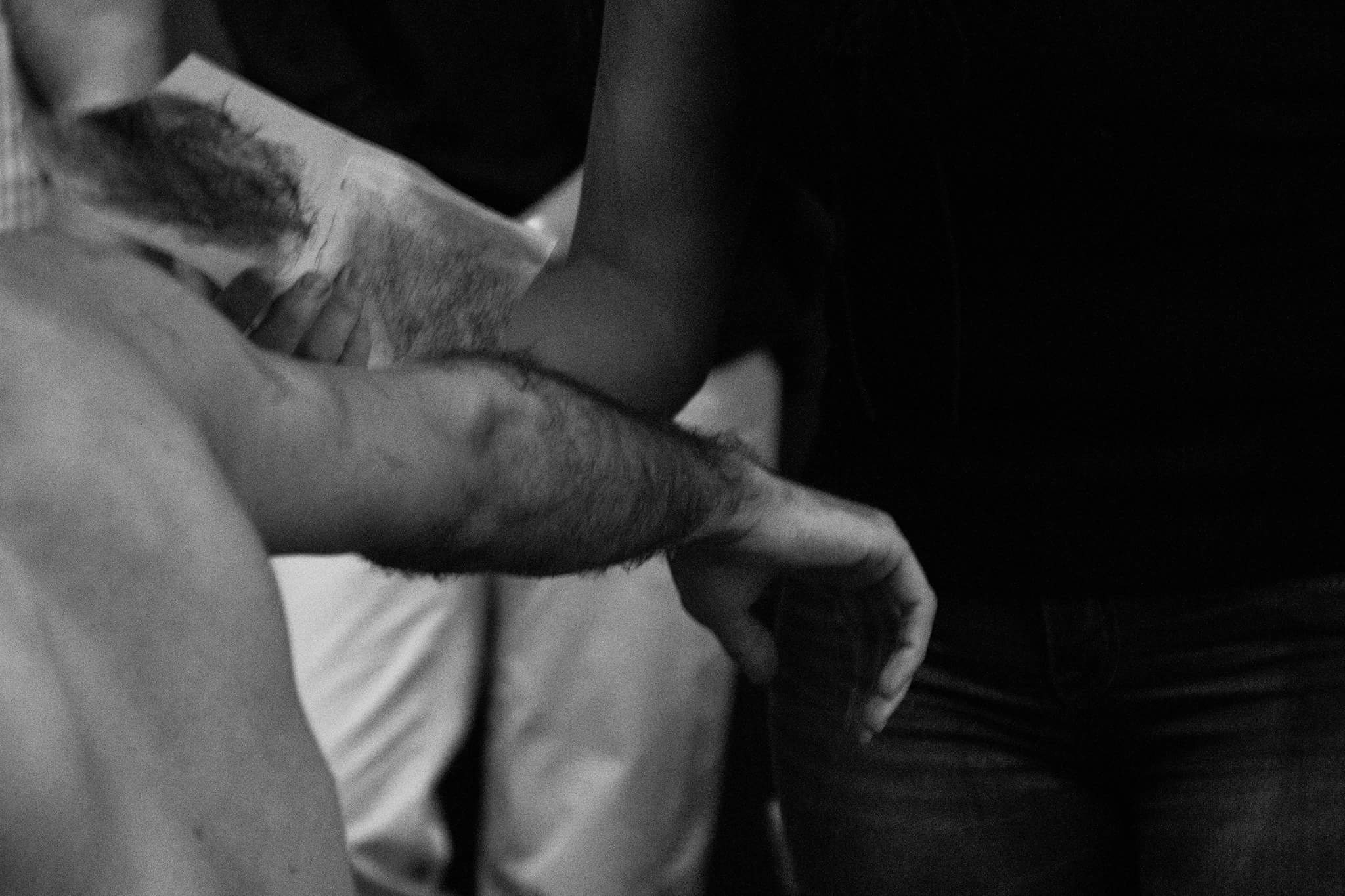
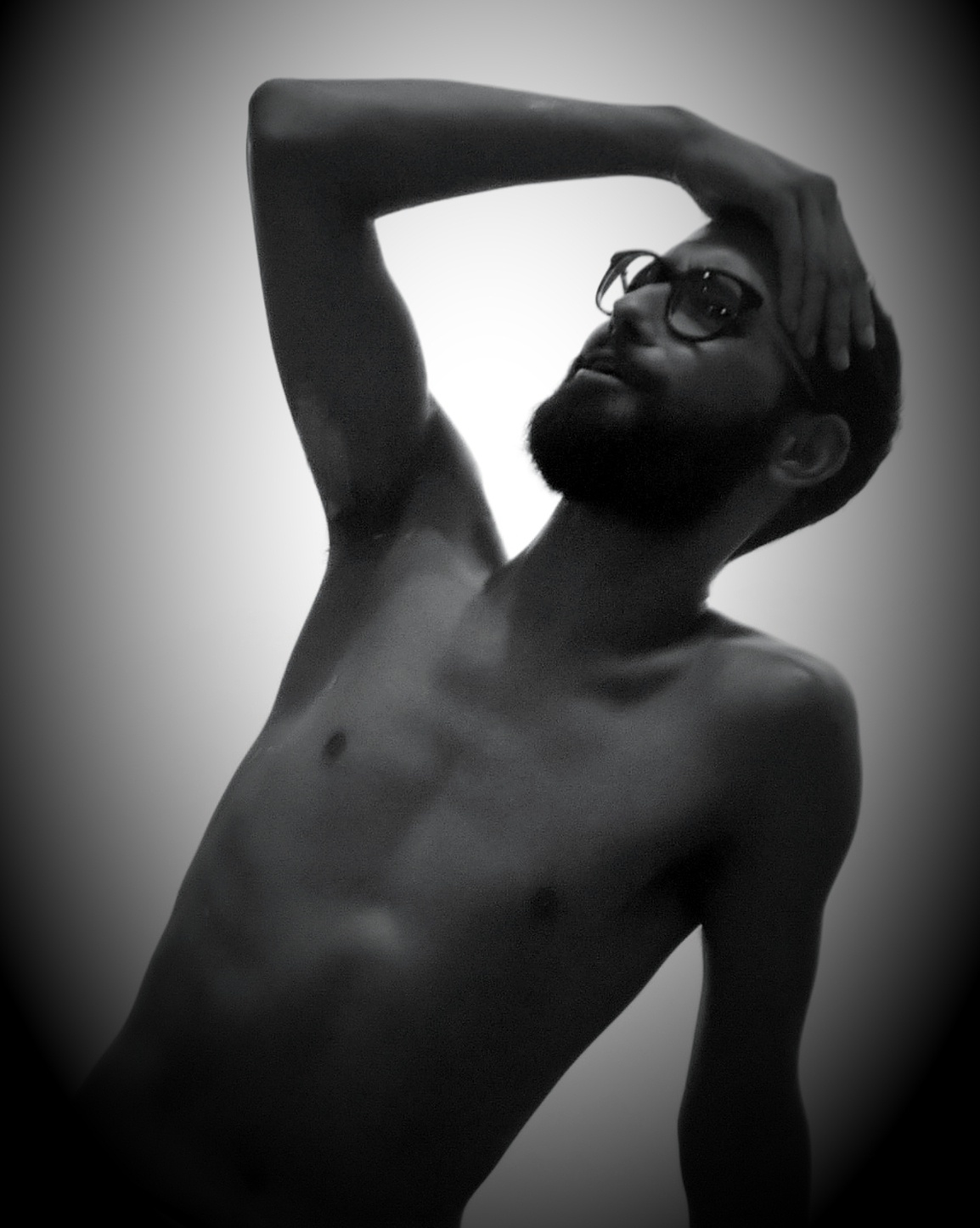
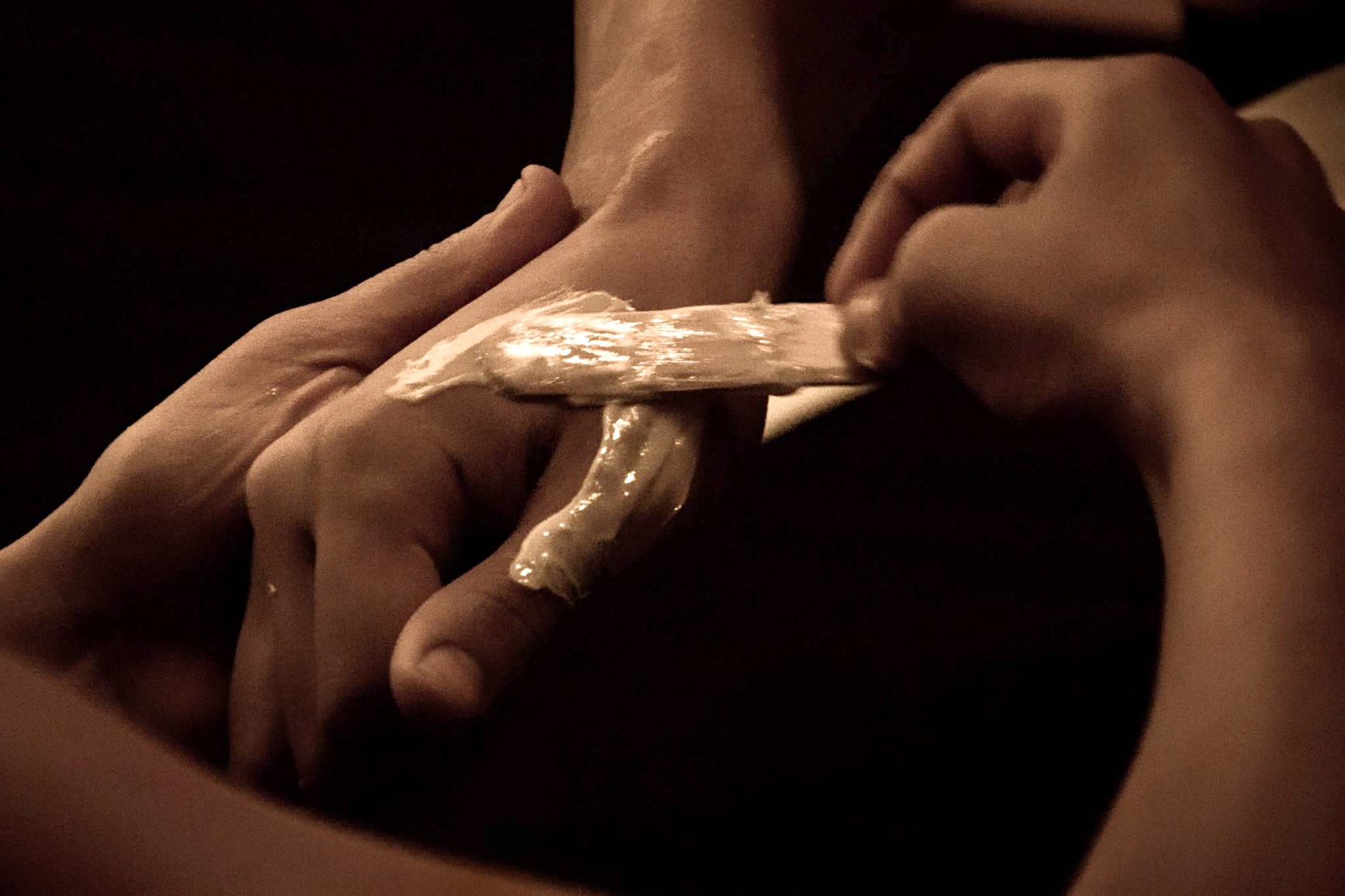
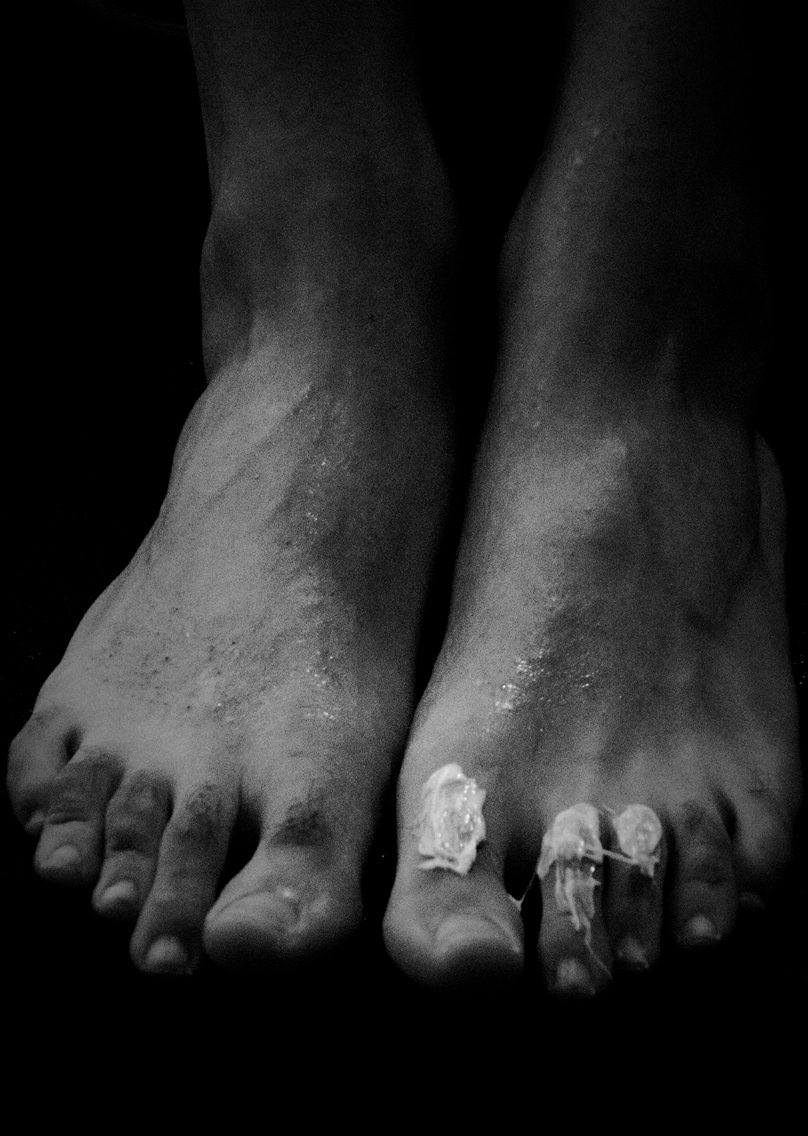
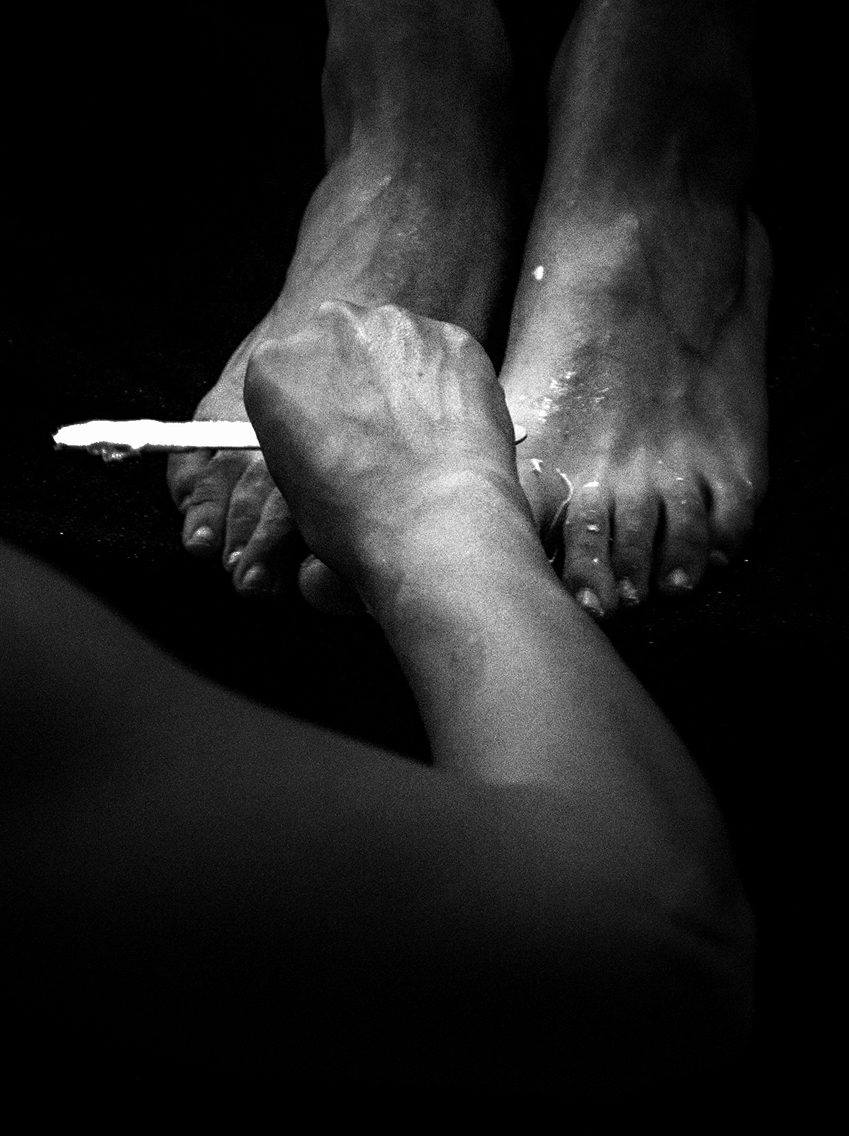
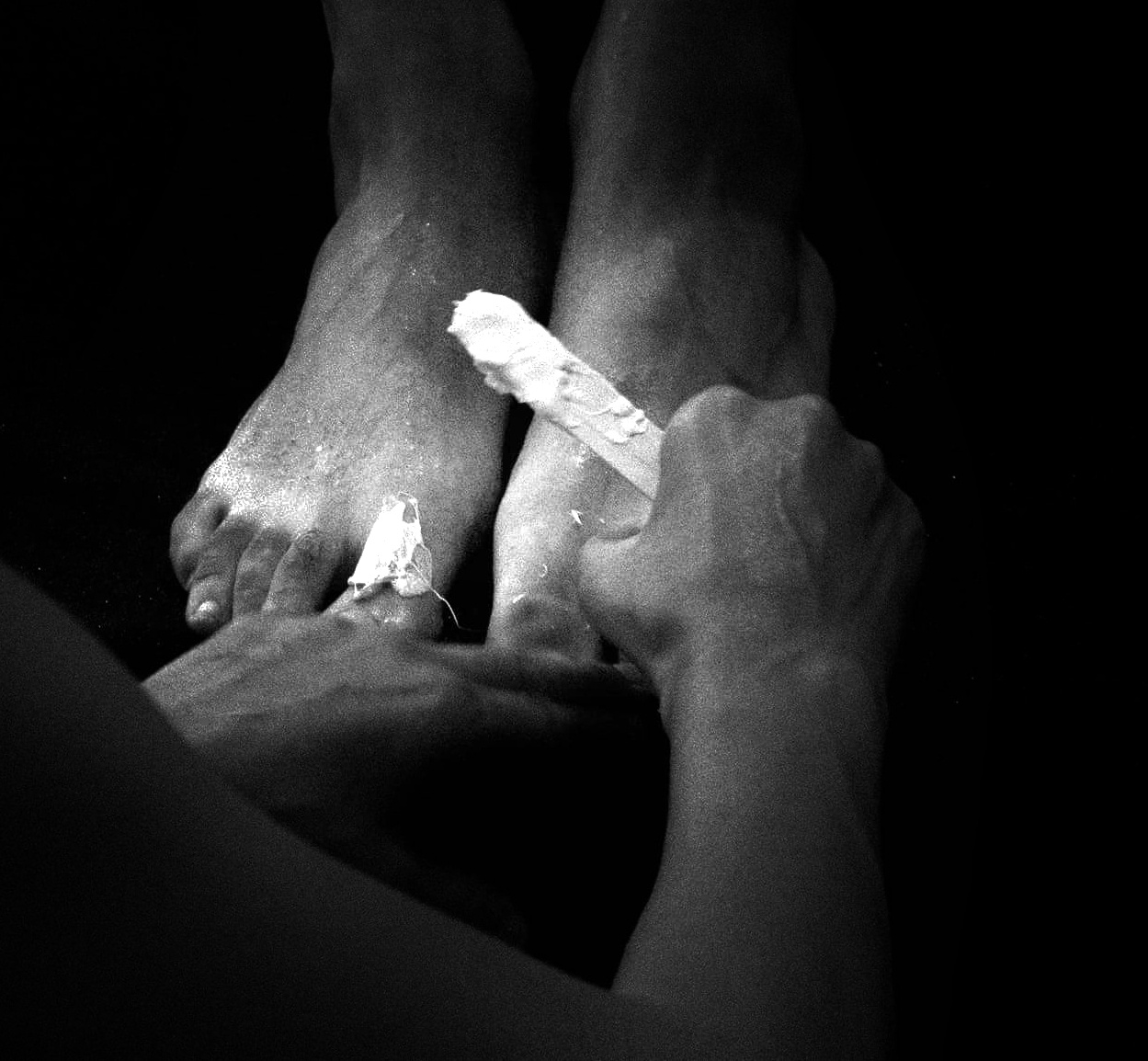
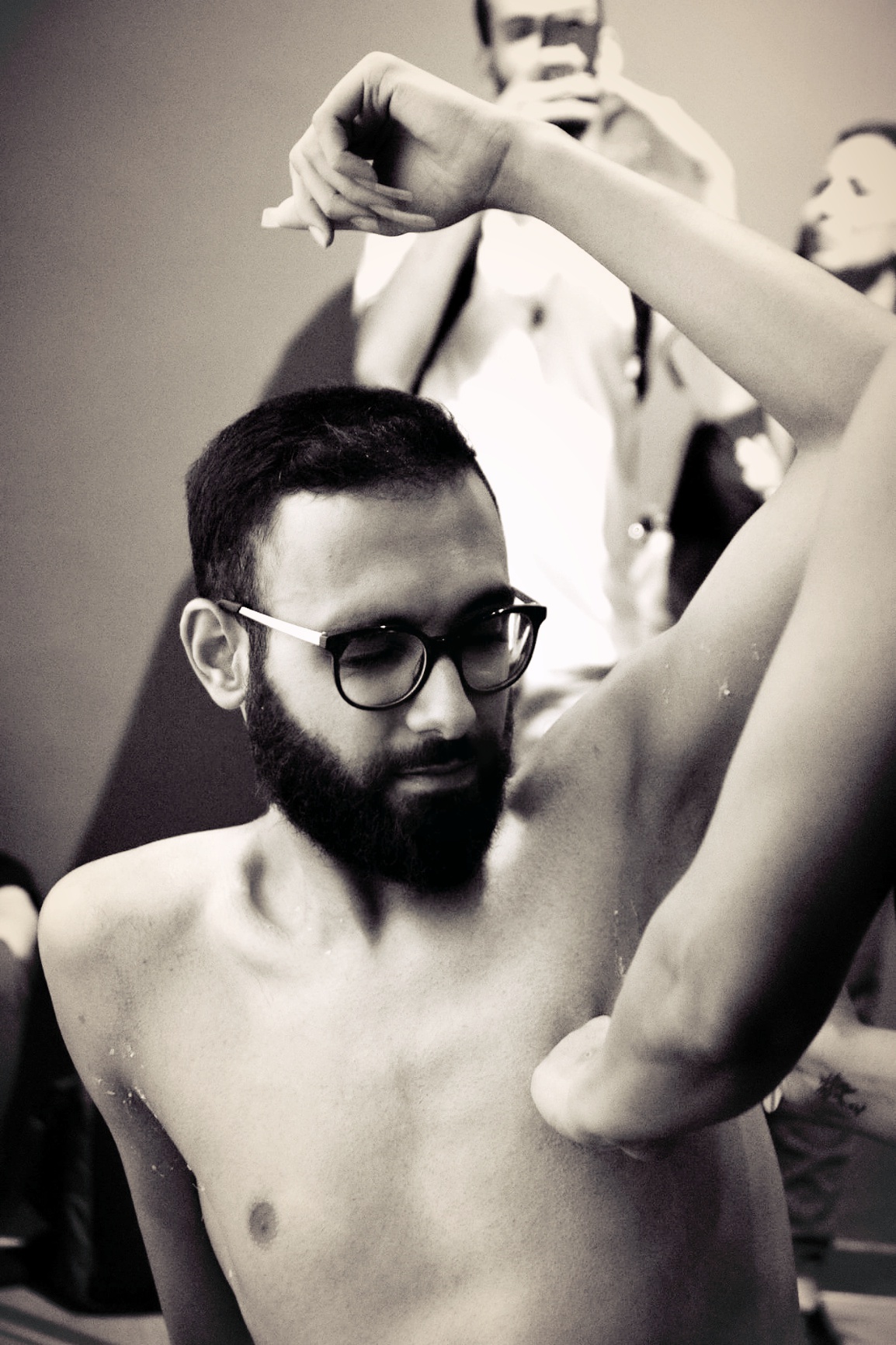
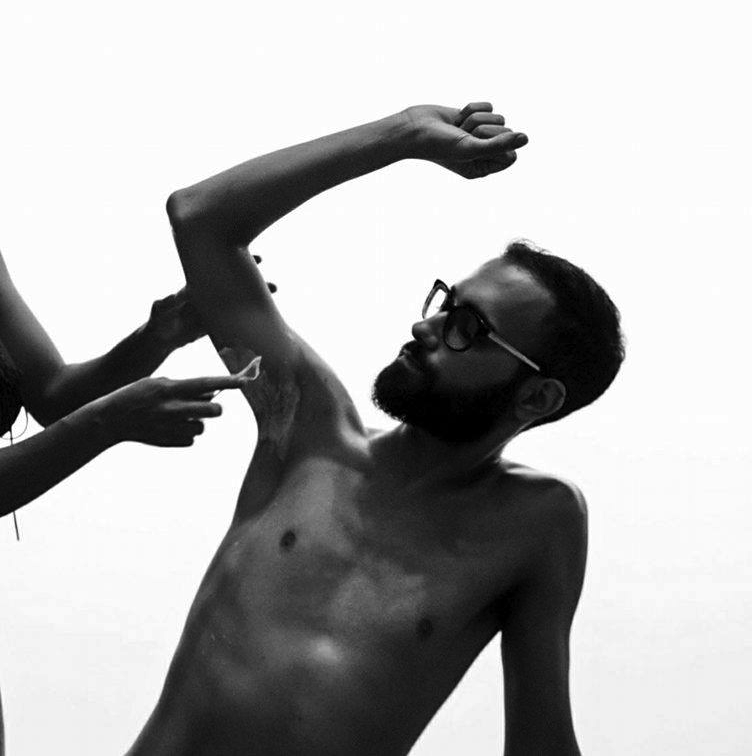
The artist comments on the performance:
The first feeling I had was excitement.
This is the first time in my life that I would wax my body.
I remember my mother and sister waxing each other, I remember my mother and my sister preparing the wax entirely from scratch and how my mother would ask for my help in preparing it. The fact that I am hairy, essentially never bothered me.
But I do remember my reaction when I was twelve years old and began to notice tiny little hairs growing on my face, legs and hands, even though my reaction was one of shock, I never desired to remove my body hair.
Modern times now dictate that hairless bodies are the only available option which correspond with current beauty standards. If we observe many known males, such as athletes who clean their bodies completely from hair, and Trans-women (Male to Female), we do not see hairy bodies any more. Seeing people, I admire and look up to, hairless, did make me doubt myself and my decision not to remove any body hair I have. I remember I once complained to my mother about my body hair, using a very angry tone which I expected would result in a fight or my mother replying in the same tone I used. Instead, she told me to calm down, stood up and went to her room, only to return with an album of old photos. The album contained photos of my uncles and their friends at the beach, pictures from over 20 years back, and explained to me that during that period of time, men were excited to see tiny hairs growing on their body, having body hair was a source of pride.
In that specific moment in time, I actually smiled while looking at my hairy body and decided to embrace it, not only because of the album, but because of the fact that I realized that It’s never about anyone’s body but about myself accepting my own.
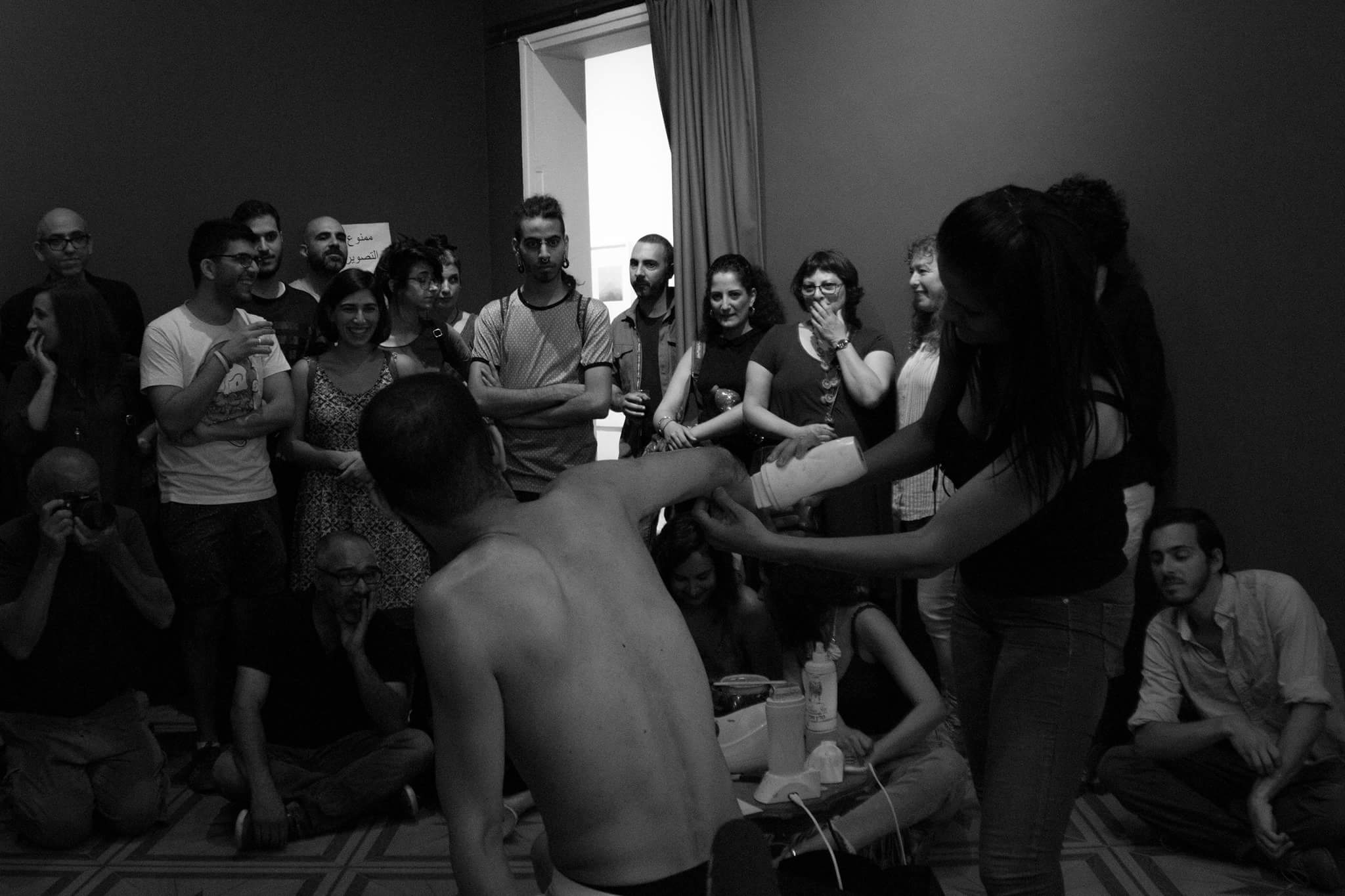
About Elias Wakeem:
Elias Wakeem was born in Tarshiha, Galilay, from Palestine. His work combines drawing, painting, sculpture, and video art into installationsand performance events, to present the mixture of identities he experiences through his life journey. He has a B.F.A. in Fine earned in 2015 and have participated in various exhibitions and events such as “وَلَيْسَ الذَكَرُ كالأن”, Aswat Gallery Space, Haifa. “Walking on thin ice” Dar Alkarmah Gallery, Haifa. “After the last sky” Ballhaus Naunynstrasse, Berlin. “LGBTQ Film Festival”, Madrid. “Gaza on my mind” Wild Project Gallery, NYC. “How green was my valley” at Whitebox Art center, NYC and had a solo show “Quality Assurance” at The Cooper Union School of Art Gallery, NYC. In addition he held a lecture “Existence is Resistance: The Roles of Art and Gender Experienced by a Palestinian Drag Queen” at Harvard University and at MIT in 2014. Participated at the first LGBTQI Arab conference “Sexualities and Queer Imaginariness from the Middle east/North Africa” at Brown University in 2015. Currently he’s based in Haifa.
Follow Elias Wakeem’s work via Instagram here

